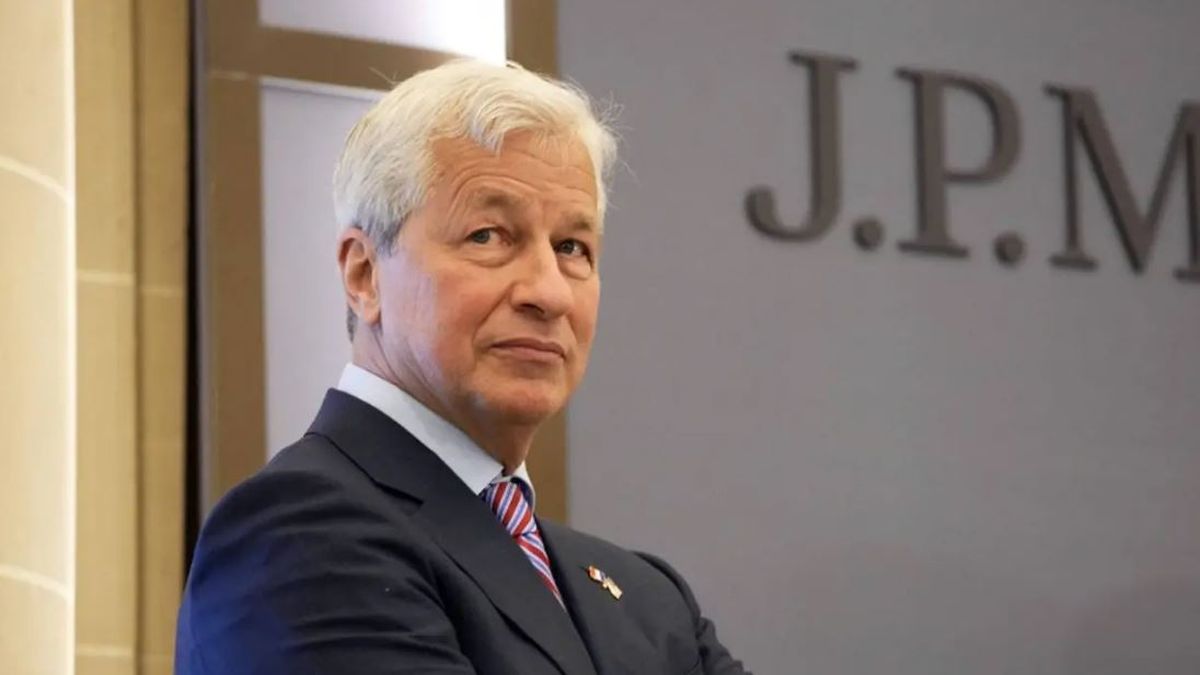Christmas ambience without atmospheric lighting? Unthinkable for Harald Wohlfahrt, who has been exporting German Christmas from Innsbruck to Pittsburgh, from Heidelberg to Bethlehem all over the world for 32 years. The eternal sea of lights from green electricity is part of his shop presentation. Years ago, he drastically reduced energy consumption, explains the son of the founding couple, Wilhelm and Käthe.
Not only in winter, when it’s snowing, but also in the 36 degree summer heat, Christmas junkies and tourists from Europe and overseas cavort in the permanent representation of the German Santa Claus. A vintage bus packed with gifts in front of the shop door is an eye-catcher and a popular photo motif.
Felicitas Hoeptner, one of 280 employees worldwide and the fairy godmother at the headquarters of the Käthe Wohlfahrt company, rings the bell: “Village tour.” In the entrance area with all sorts of festive odds and ends, go down a flight of stairs and … wow! Welcome to the Christmas world polished to a high gloss. In four “village districts” it glitters and glimmers on 1000 square meters of retail space. “Look, wonderful!” enthuses Kate from Bristol in front of the ticking cuckoo clocks. Meanwhile, daughter Poppy is drawn to artistically painted Santa Clauses, funny incense smokers, nutcrackers, noise angels, Advent calendars and filigree works of art made of wood, glass or tin.
An elderly gentleman was drawn to poetically designed figurative winter scenes: “Limited Editions”, says Felicitas Hoeptner proudly. Many unique pieces are made in the in-house artist workshop. Every ear, every pupil of a doll is delicately carved, painted and glued.


Then the cultural scientist and PR woman leads to the “village square”. Framed by snow-covered half-timbered houses and turrets, 122,000 lights shine from a mighty 5.70 meter high tree into bliss. Wonderful Christmas time. With 30,000 items, there is a full decorative program in shop windows and displays. Christmas tree decorations, candle arches, baubles, table decorations, forest figures, music boxes…
It all started in 1964 with a music box from the Ore Mountains, says Hoeptner. When they fled Saxony in 1956, Käthe and Wilhelm Wohlfahrt took a copy with them to West Germany. Seven years later, the Wohlfahrts invited an American officer family to their Christmas party, which found the play particularly “lovely”. Wilhelm wanted to give his friends a copy. When he went looking for a music box, he met a wholesaler. But he only sold his goods in packs of ten. Wilhelm took it anyway. He sold the rest to the front doors of the apartment blocks of Swabian US barracks. The demand for the symbol of German Christmas tradition was so great that even during the year, assortments from the Ore Mountains filled the couple’s basement and apartment to the roof and more ornaments had to come from the East. The goods then changed hands at charity bazaars for stationed soldiers.


A seemingly uneconomic business gave the impetus for a profitable and crisis-proof long-distance runner through the decades. Because the father worked in a large company at the time, the company was registered in his wife’s name. Later, word of the “Käthe Wohlfahrt” business idea got around to the scouts of Harrods in London or department stores in Paris and Tokyo.
As a reminder of home, the old original music box remained in the family. Replicas are available with a Swiss musical movement. But not always. Bad luck for two customers from Burgenland. The coveted machines fill the shelves again in Advent, she learns from a saleswoman. Did a celebrity bag everything? There is by no means a lack of celebrities at Herrengasse 1. Karlheinz Böhm did his Christmas shopping in the adventure store, and Whoopy Goldberg and Arnold Schwarzenegger experienced a Christmassy feeling under the starry sky of the Christmas wonderland, just like other greats from show business.


Extra toilet for royalty
While stars and starlets usually turn up incognito, crowned heads from the Orient or Asia often drive up in half a dozen limousines. And because it’s Christmas and you can’t refuse anything to a well-funded princess anyway, an extra toilet is set up in the Christmas village for a Highness and the desire for a private bathroom is granted.
In the meantime, customers from Austria have also got their money’s worth. Instead of a music box, the rocking Santa Claus with a guitar will do the trick. It doesn’t make a sound, but it looks cool. Quickly put the top of the tree, a few incense sticks, the festive tablecloth, two glass Christmas cucumbers and beeswax candles in the basket. The husband pays, the lady smiles contentedly: “Thank you. See you again.”
Gusty winds drive shower clouds over the medieval town with its mere 11,000 inhabitants but almost two million visitors a year. Felicitas Hoeptner observed that sometimes guests only come to warm up, to look, to be amazed, or they pull out their mobile phones. “No pictures, please,” they are then asked in a friendly manner by the shop assistants. As soon as they turn around, it clicks.
Viennese Santa Claus?
If customers want to classify all the goods between preciousness, rarity and knick-knacks historical origins, they are in the right place one floor up in the Christmas Museum. In the permanent exhibition, Christmas customs, customs and developments can be understood in several languages. Lauscha in Thuringia is the cradle of glass Christmas decorations, reads a Dutch woman and comments: “Ik hou van glaskunst.” (I love glass art) When an industry specialized in the production of decorations, a newspaper formulated in 1893: “The tree has to shine, glitter, sparkle, dazzle that one’s eyes are overflowing.”


It wasn’t just Santa Claus who was beaming. Anyone who thinks that the bushy beard in the red robe is an invention of Coca-Cola also believes in Santa Claus. Of the many fairytale explanations of the old fellow’s origins, the museum favors a drawing by Austrian-born Moritz von Schwind. In 1847 he published a picture story with the bearded man in bear boots and a long coat in a Munich magazine entitled “Herr Winter”. For Coca-Cola, this was the prototype for the later advertising character. So Santa Claus is from Munich. Or a Viennese.
Travel Info
The Christmas village with museum is open daily from 10 a.m. to 6 p.m. and Sundays from 11 a.m. to 5 p.m. and is only about a kilometer from the train station. kaethe-wohlfahrt.com
Information on Rothenburg ob der Tauber: rothenburg.de
Arrival by train: Linz-Nuremberg-Dombühl-Rothenburg, journey time: 4 hours, 56 minutes
Accomodation:
- Hotel Glocke (central), double room from 120 euros, glocke-rothenburg.de
- Hotel Herrenschlösschen (central), double room from 275 euros, hotel-rothenburg.de
Christmas Market: The Reiterlesmarkt has been around for around 500 years. It is one of the most beautiful Christmas markets in Germany. The hut magic on the market square ends on December 23rd.
Also worth a visit: The crime museum in Rothenburg is one of the most visited exhibition centers in Germany. criminalmuseum.eu
Try: Rothenburg snowballs made from shortcrust pastry. Holiday cookies with your choice of almond slivers, chocolate icing, powdered sugar or cinnamon sugar.
Source: Nachrichten




